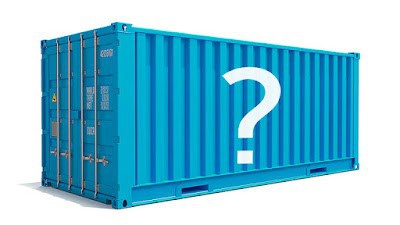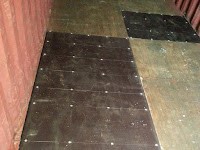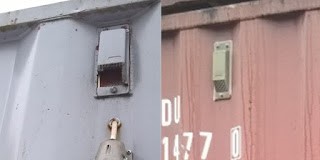-
Shipping Containers
- Container Parts
- Roof Panel
- Side Panel
- Front End Panel
- Door Panel
- Front Corner Post
- Rear Corner Post (Outer/Inner)
- Cross Member
- Bottom Side Rail
- Top Side Rail
- Door Sill
- Front Bottom Rail
- Top End Rail
- Door Header Upper/Lower
- Door Rail
- Floor Spacer
- Angle
- Top/Bottom End Rail
- Door Edge Member
- Door Sealing
- Door Frame Profile
- Door Lining
- Door Hardwares
- Door Gasket
- Side Panel/Lining
- T-Floor
- Roof Panel/Lining
- Cross Member
- Bottom Side Rail
- Top Side Rail
- Ledge PVC
- Kazoo Drain
- Auto Drain
- Alu Tube
- Auto Drain Center Part
- PVC Drain Pipe
- PVC Plugs f. Drain with Ring and Steel Wire
- Door Screw
- Door Screw Nut
- Door Screw Rubber
- Tapping Screw
- Stainless Blind Rivet
- Lashing Ring
- CSC Plate
- Welding Wire
- Tapping Screw Bit
- Vehicle Parts
- Ship Supplies
- 00. Provisions
- 11. Welfare Items
- 15. Cloth & Linen Products
- 17. Tableware & Galley Utensils
- 19. Clothing
- 21. Rope & Hawsers
- 23. Rigging Equipment & General Deck Items
- 27. Painting Equipment
- 31. Safety Protective Gear
- 33. Safety Equipment
- 35. Hose & Couplings
- 37. Nautical Equipment
- 39. Medicine
- 45. Petroleum Products
- 47. Stationery
- 49. Hardware
- 51. Brushes & Mats
- 55. Cleaning Material & Chemicals
- 59. Pneumatic & Electrical Tools
- 61. Hand Tools
- 63. Cutting Tools
- 65. Measuring Tools
- 69. Screws & Nuts
- 75. Valves & Cocks
- 77. Bearings
- 79. Electrical Equipment
- 81. Packing & Jointing
- 85. Welding Equipment
- 87. Machinery Equipment
- Vehicles
- Lashing Tools
- Logistic Tools
ContainersThe Structure, Floor, Watertightness and Ventilation of ContainersSep 27,2023In this blog post, we share basic information about shipping containers, including what material the container walls and floor are made of. We also shed light on how you can ensure that there is proper air ventilation inside the container.

WHAT ARE CONTAINERS MADE OF?
Shipping containers are primarily built out of weathering steel often referred to as corten steel. Corten steel is used in bridges, chimneys, containers and other structures that need to cope with rough handling and harsh weather. The structure of a shipping container is usually a solid, self-supporting steel structure with eight corner pieces. A general ISO standard (ISO 1161) has been regulated for corner pieces, which makes finding spare parts easy.
THE FLOOR OF THE CONTAINER
The floor of the container is usually built out of plywood sheets that are attached directly to the cross members beneath the container, and are thus quickly replaceable. The thickness of the floor varies depending on the container and its load-bearing capacity. Termite-resistant hardwood veneer or Bambo is often used for flooring.

Old and replaced floor panels
WATERTIGHTNESS OF THE CONTAINER
Shipping containers are built to be completely watertight. This is achieved by the rubber gaskets fitted into the container doors. There may be small holes and cracks in the rubber gaskets in used containers, but they can be fixed with minor maintenance procedures.
There is often humidity in the containers due to condensation. This needs to be taken into account in Scandinavia and other locations, where the weather conditions vary a lot. Humidity can be reduced with special air dryers designed for containers and/or separate heating.
VENTILATION IN THE CONTAINERS
Normal shipping containers have two ventilation holes. Even a small drift of air will help to keep goods dry inside a container, and ventilation can be enhanced for example with the following methods:
- Building a vent or a ventilation hatch.
- Drilling holes to the upper part of the back wall and the lower part of the door of the container (or vice versa), which allows air to move in the container.
- By making a small hole to the back part of the container and installing a ventilation fan that works for example with electricity or batteries.
- The floor of the container is about 12 cm above the ground thanks to its steel frame, but over time it sinks into the ground. This is why it is a good idea to place for example cinder blocks beneath the container, so that the container is lifted from the ground and air can move around better, also beneath the floor.

Examples of ventilation
Quick Quote
Copyright © 2019 CIMC Equilink - Container Parts

 中文
中文















